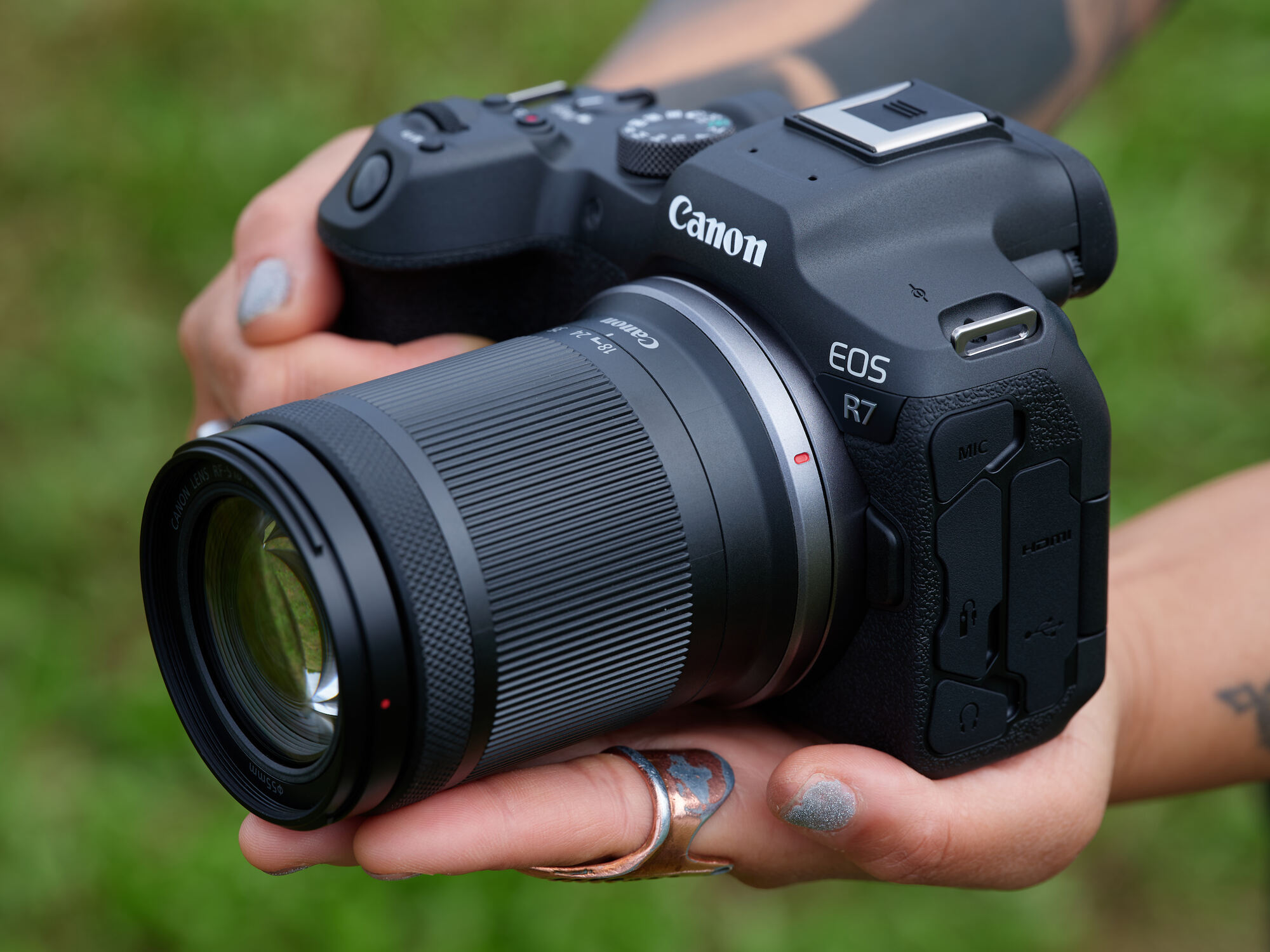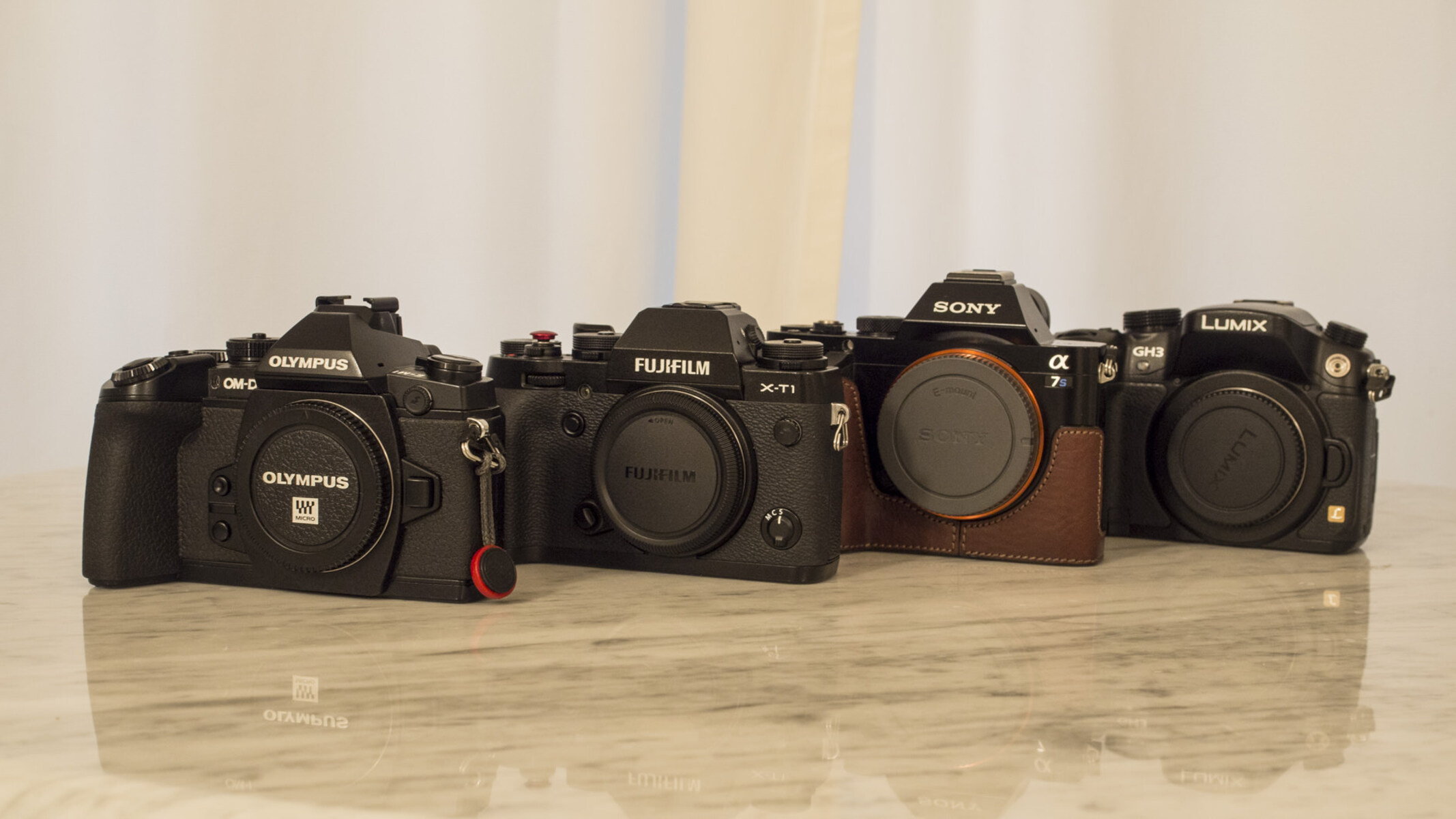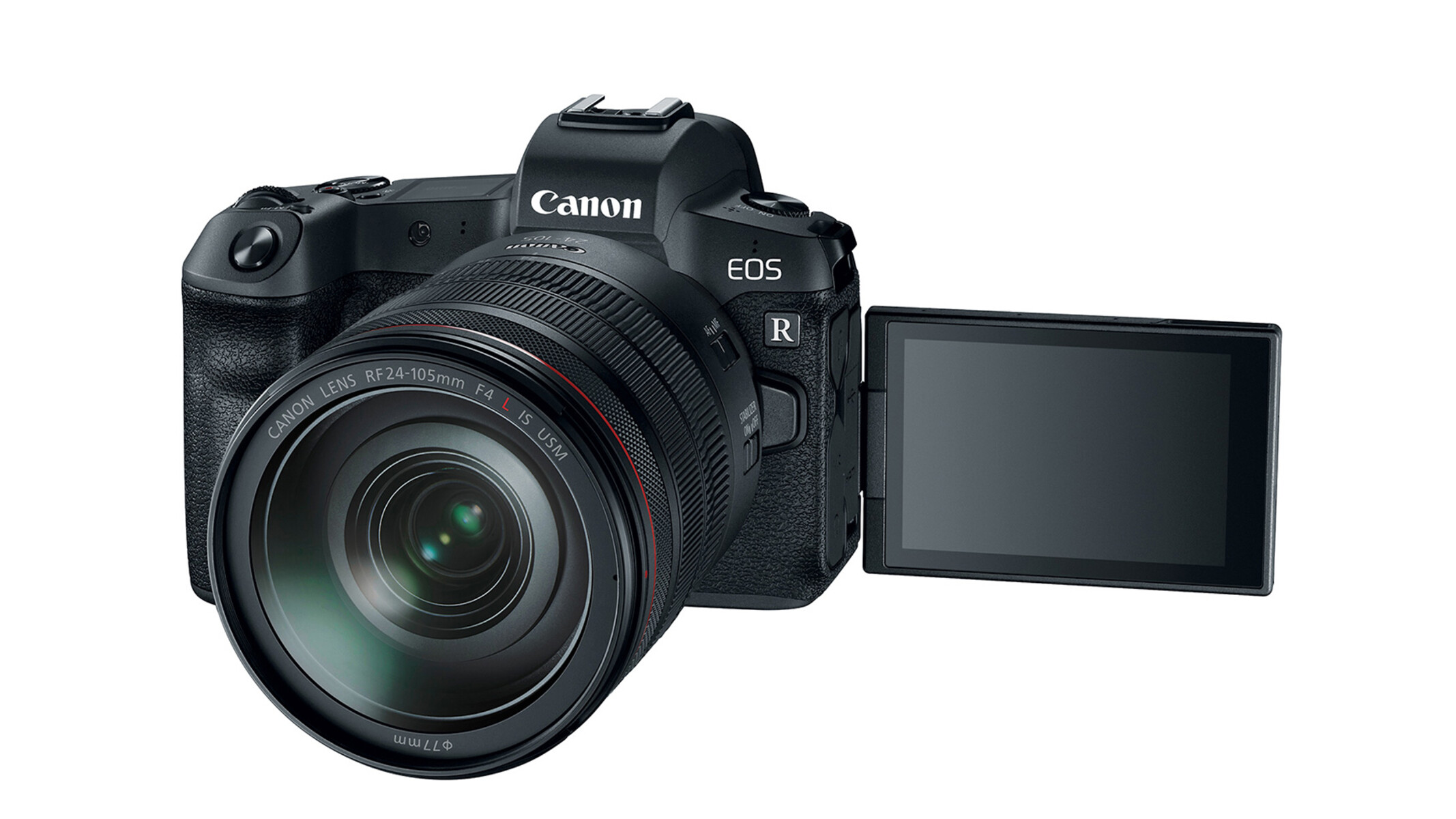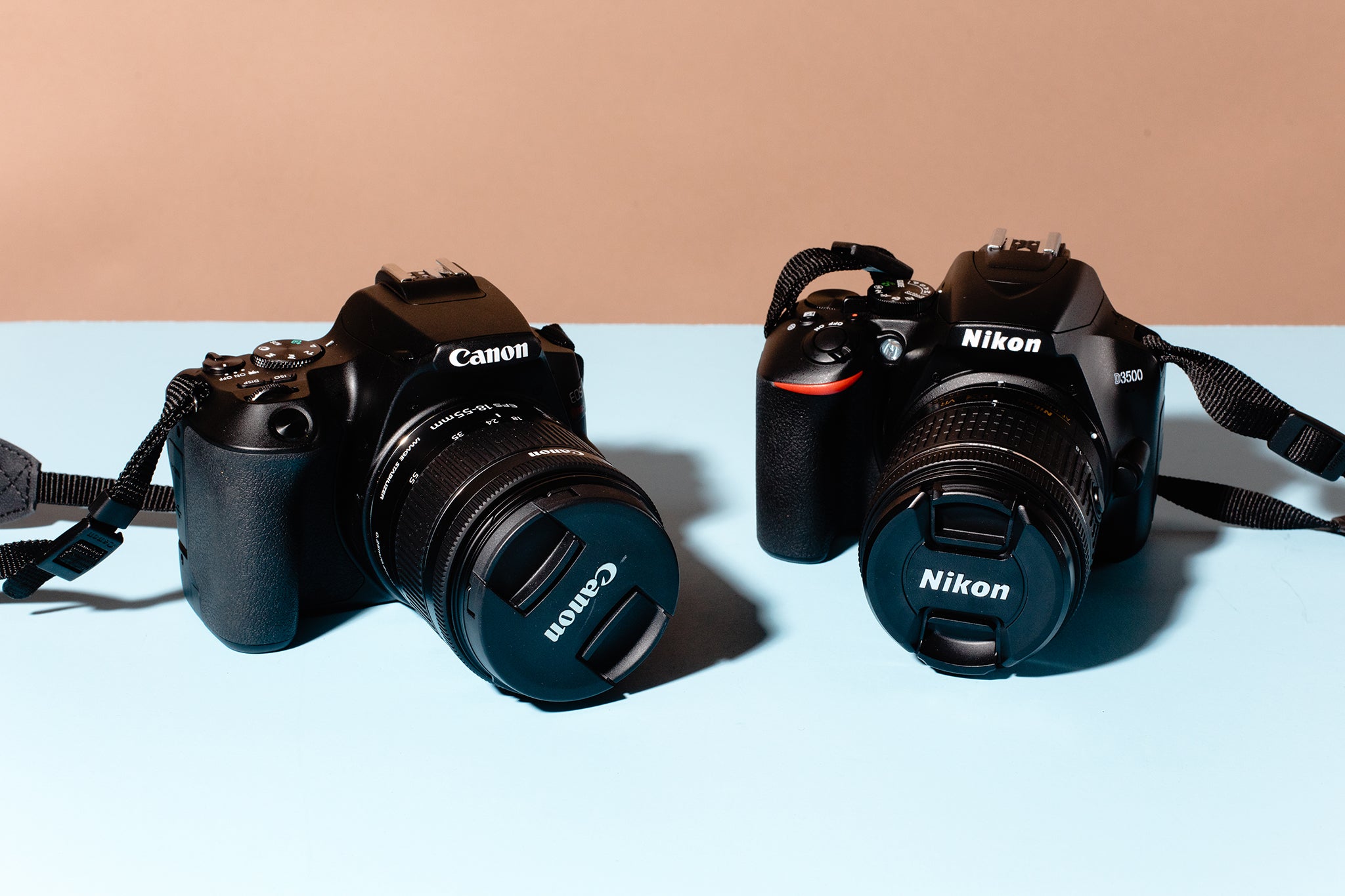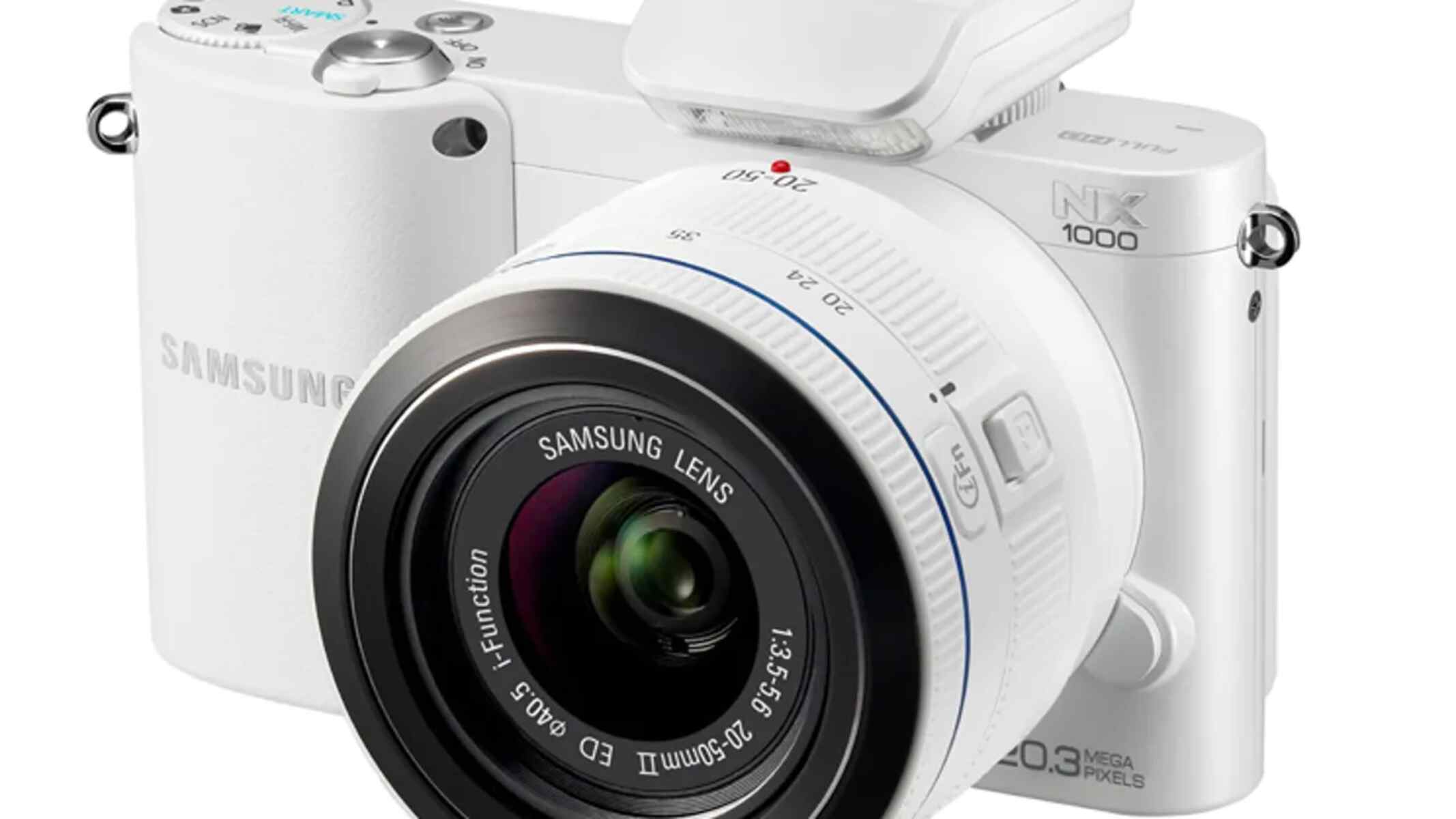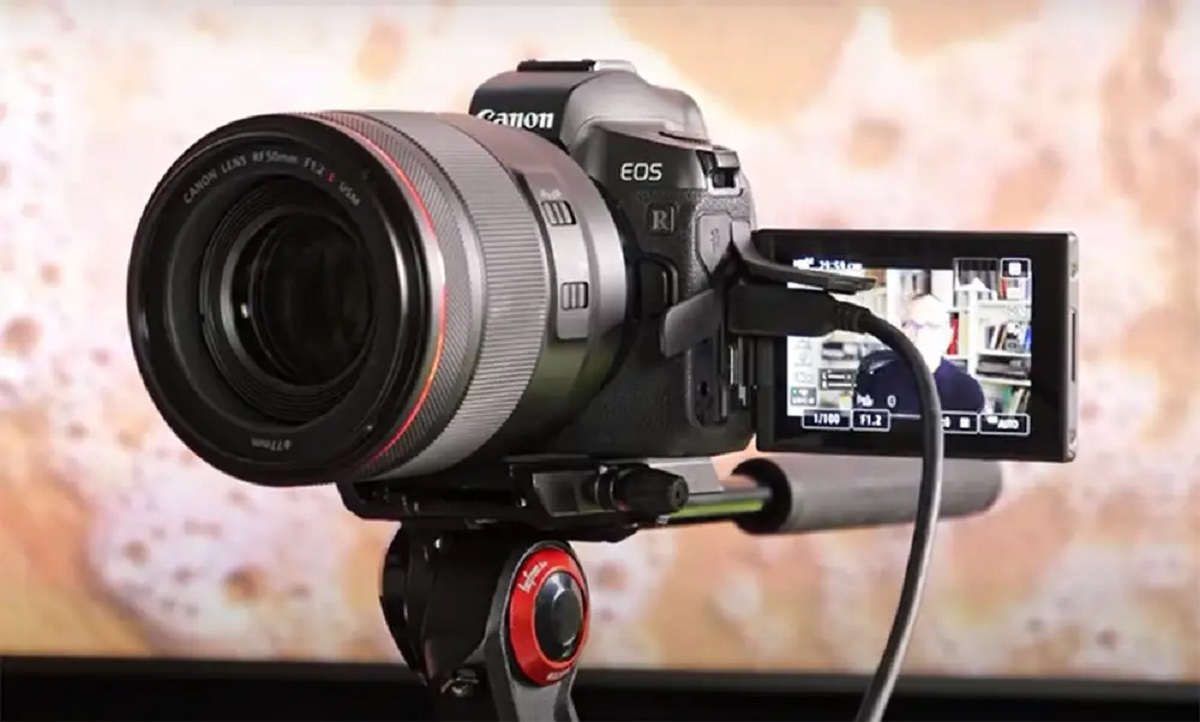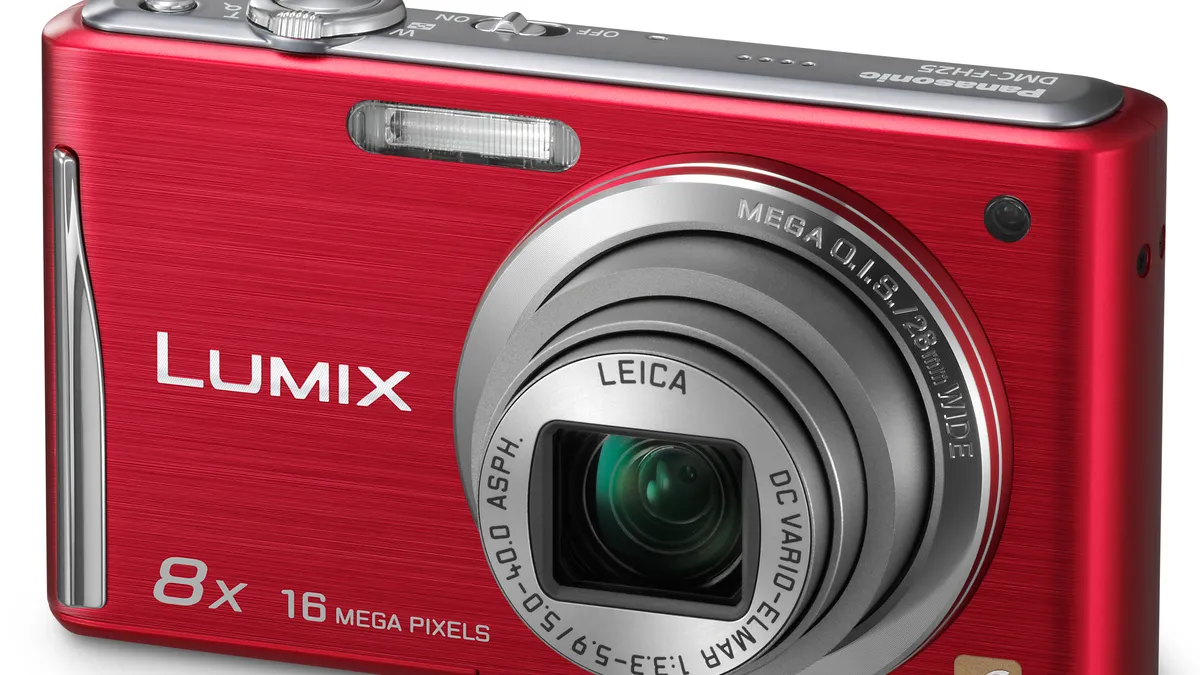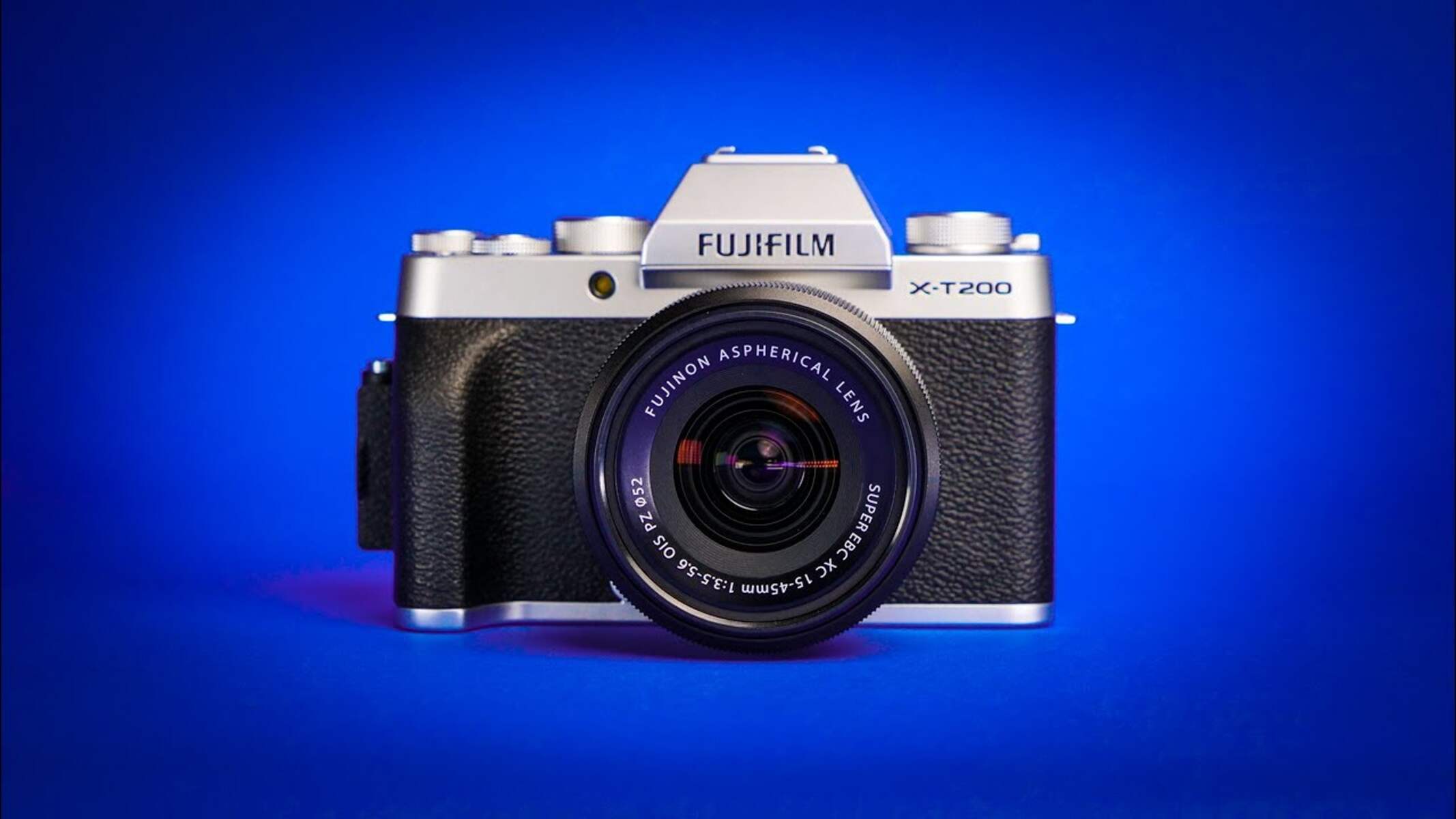Introduction
Understanding the Importance of Megapixels in Mirrorless Cameras
When it comes to purchasing a mirrorless camera, one of the key specifications that often takes center stage is the megapixel count. Understanding the significance of megapixels and how they impact the performance and output of a mirrorless camera is crucial for making an informed decision.
In the world of digital imaging, a megapixel refers to one million pixels, the tiny individual dots that make up a digital image. The megapixel count of a camera sensor directly influences the level of detail and resolution that the camera can capture and reproduce. While it's true that a higher megapixel count can potentially result in sharper and more detailed images, it's not the sole factor to consider when evaluating the overall image quality a camera can produce.
As we delve deeper into the realm of megapixels and their role in mirrorless cameras, it's important to recognize that the pursuit of higher megapixel counts should not overshadow other crucial features and factors that contribute to the overall performance of a camera. Factors such as sensor size, lens quality, image processing capabilities, and low-light performance play a pivotal role in determining the camera's imaging prowess.
In this article, we will explore the intricacies of megapixels in the context of mirrorless cameras, shedding light on the optimal megapixel range for various photographic needs and offering insights to help you make an informed decision when selecting a mirrorless camera. Let's embark on this journey to unravel the significance of megapixels and how they intersect with the world of mirrorless photography.
Understanding Megapixels
Deciphering the Role of Megapixels in Mirrorless Cameras
At the core of every digital image lies the fundamental building block known as a pixel. The megapixel count of a camera sensor directly correlates to the number of these pixels it can capture, ultimately influencing the level of detail and resolution in the resulting images. A higher megapixel count signifies a greater number of pixels, potentially leading to sharper and more detailed photographs. However, it’s imperative to comprehend that the impact of megapixels extends beyond sheer quantity.
While it’s tempting to equate higher megapixels with superior image quality, it’s essential to consider the interplay of various factors. The size and quality of the camera sensor, along with the efficiency of the image processing engine, collectively determine the overall imaging performance. A larger sensor can accommodate more pixels without sacrificing individual pixel size, which can contribute to improved low-light performance and dynamic range, essential aspects that transcend sheer megapixel count.
Moreover, the relationship between megapixels and print size is an aspect that warrants attention. Higher megapixel counts allow for larger prints without compromising image quality. This is particularly relevant for professional photographers and enthusiasts who seek to produce large-format prints or crop images extensively while retaining exceptional detail and clarity.
However, it’s crucial to strike a balance, as excessively high megapixel counts can lead to larger file sizes, demanding more storage space and processing power. Additionally, for everyday photography needs, such as sharing images on social media or viewing them on digital displays, the benefits of extremely high megapixel counts may not be fully realized.
Understanding the nuances of megapixels empowers photographers to make informed decisions based on their specific requirements and preferences. By recognizing that megapixels are just one piece of the intricate puzzle that shapes a camera’s imaging capabilities, individuals can navigate the realm of mirrorless cameras with clarity and confidence.
Factors to Consider
Key Considerations Beyond Megapixels
While megapixels undoubtedly play a pivotal role in shaping the imaging capabilities of a mirrorless camera, several other factors warrant careful consideration when evaluating the overall performance and suitability of a camera for specific photographic needs.
Sensor Size: The physical dimensions of the camera sensor significantly influence its light-gathering ability and overall image quality. A larger sensor can accommodate more pixels without compromising individual pixel size, contributing to improved low-light performance and dynamic range.
Lens Quality: The quality of the lens is instrumental in determining the sharpness, clarity, and overall rendering of the captured images. A high-quality lens can maximize the potential of the camera’s sensor, resulting in superior image quality.
Image Processing: The efficiency and sophistication of the camera’s image processing engine directly impact the final output. Advanced image processing capabilities can enhance details, manage noise effectively, and optimize overall image quality.
Low-Light Performance: The camera’s ability to capture clear and detailed images in low-light conditions is crucial for various photography genres. A larger sensor and efficient image processing play key roles in bolstering low-light performance.
Dynamic Range: The camera’s dynamic range, which refers to its ability to capture detail in both bright highlights and deep shadows, is a critical aspect to consider, particularly for landscape and architectural photographers.
Usability and Portability: Beyond technical specifications, the ergonomics, user interface, and portability of the camera are essential factors to assess, ensuring that the camera aligns with the photographer’s shooting style and preferences.
Intended Use: Understanding the specific photographic requirements and intended use of the camera is fundamental in determining the optimal balance of megapixels and other features. Professional photographers, enthusiasts, and casual users may prioritize different aspects based on their unique needs.
By acknowledging the multifaceted nature of camera performance and considering a holistic array of factors, individuals can make well-informed decisions when selecting a mirrorless camera, ensuring that it aligns with their creative vision and technical prerequisites.
Recommended Megapixels for Different Uses
Matching Megapixels to Photographic Needs
When determining the ideal megapixel count for a mirrorless camera, it’s essential to align the camera’s capabilities with the specific photographic requirements and intended applications. Different genres of photography demand varying levels of detail and resolution, thereby influencing the optimal megapixel range for each use case.
Professional Photography: For professional photographers engaged in commercial and fine art photography, a higher megapixel count is often preferred to capture intricate details and facilitate large-format printing. A range of 24 to 50 megapixels is commonly recommended for professional studio and landscape photography, enabling expansive prints with exceptional detail.
Enthusiast and Hobbyist Photography: Enthusiasts and hobbyists seeking versatility and high image quality for diverse photographic pursuits can benefit from a moderate megapixel count. A range of 20 to 24 megapixels strikes a balance between detail and manageable file sizes, catering to a broad spectrum of photography genres without overwhelming storage and processing resources.
Travel and Documentary Photography: Photographers capturing dynamic scenes and fleeting moments during travel and documentary projects can leverage the portability and agility of mirrorless cameras. A range of 16 to 20 megapixels is often deemed sufficient for these applications, offering a blend of resolution and practicality while accommodating the need for swift, unobtrusive shooting.
Social Media and Online Sharing: For casual users and individuals primarily sharing images on social media platforms and digital channels, a modest megapixel count of 12 to 16 megapixels can deliver compelling results. This range strikes a harmonious balance between image quality and file size, catering to the prevalent modes of digital image consumption.
Videography and Multimedia Content: Mirrorless cameras renowned for their prowess in videography and multimedia content creation benefit from a balance between resolution and efficient data handling. A range of 20 to 30 megapixels can meet the demands of high-quality video production and multimedia projects, facilitating crisp stills alongside impressive video capabilities.
By tailoring the megapixel count to the specific demands of each photographic pursuit, photographers can harness the full potential of their mirrorless cameras, striking an optimal balance between resolution, file size, and overall imaging performance.
Conclusion
Navigating the Megapixel Maze in Mirrorless Photography
As we traverse the intricate landscape of megapixels in the realm of mirrorless cameras, it becomes evident that the pursuit of optimal image quality transcends sheer pixel count. While megapixels undeniably influence the level of detail and resolution a camera can deliver, a holistic understanding of the interplay between megapixels and a myriad of other factors is essential for making well-informed decisions when selecting a mirrorless camera.
By delving into the nuances of sensor size, lens quality, image processing, low-light performance, and the intended use of the camera, photographers can discern the optimal balance of megapixels and other features to align with their unique creative vision and technical prerequisites. Recognizing that different photographic pursuits demand varying levels of detail and resolution empowers photographers to tailor their choice of megapixels to the specific requirements of each genre, ensuring that their mirrorless camera seamlessly integrates with their creative endeavors.
Moreover, the evolution of mirrorless camera technology continues to redefine the boundaries of imaging capabilities, transcending the conventional emphasis on megapixels to encompass a holistic array of features and functionalities. As photographers navigate the diverse landscape of mirrorless cameras, the significance of megapixels remains intertwined with a broader spectrum of considerations, including portability, usability, and the seamless convergence of still and video capabilities.
Ultimately, the quest for the perfect megapixel count in a mirrorless camera is a dynamic journey shaped by individual preferences, creative aspirations, and the ever-evolving landscape of imaging technology. By embracing a nuanced approach to evaluating megapixels and their role in mirrorless photography, photographers can embark on a path of discovery, innovation, and seamless integration of cutting-edge imaging technology into their artistic pursuits.
As the allure of mirrorless photography continues to captivate enthusiasts, professionals, and aspiring creatives, the harmonious fusion of megapixels, technical prowess, and artistic vision paves the way for a boundless realm of visual storytelling and creative expression.








